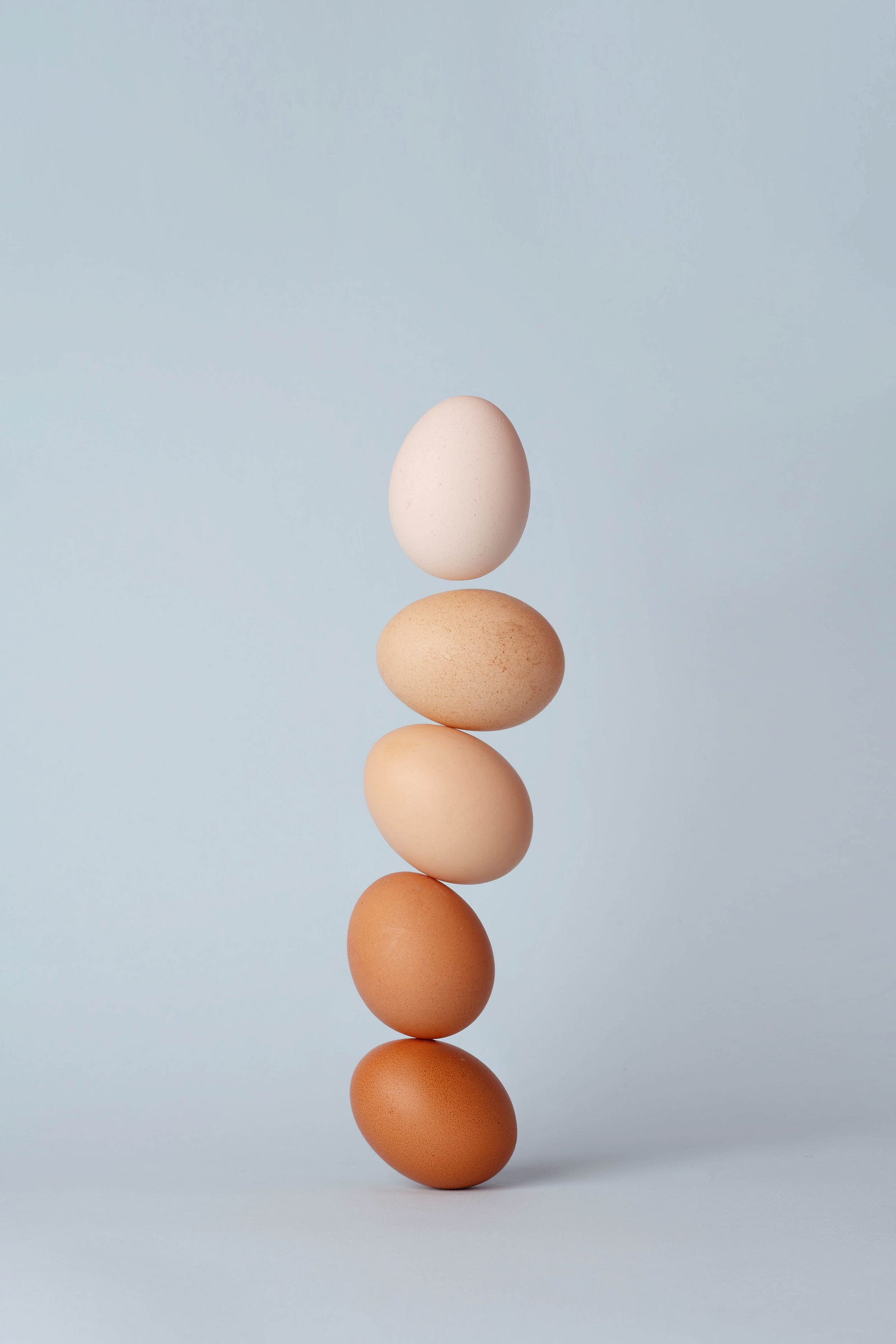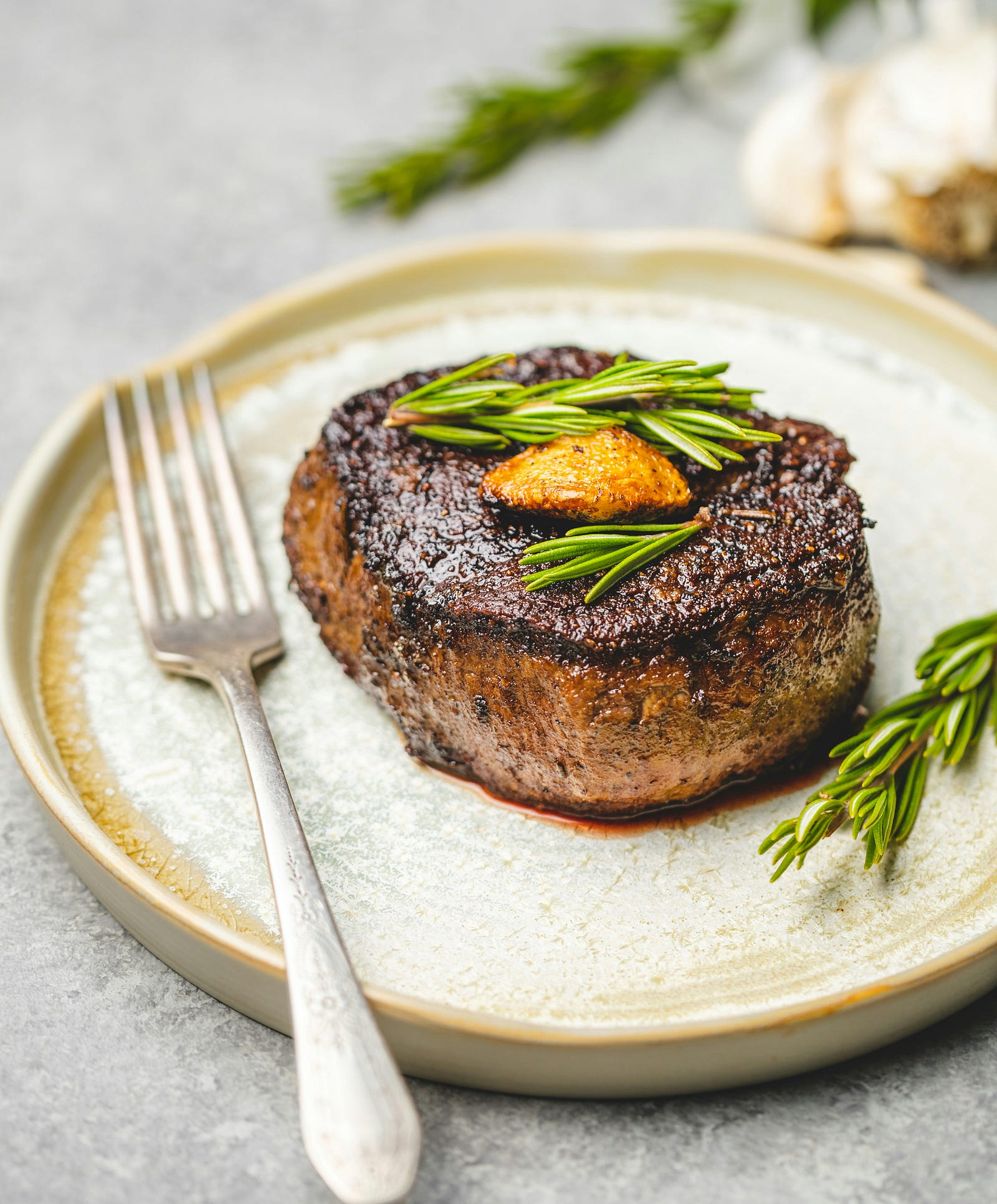EATING PROTEIN IS NOT JUST GIVING YOUR MUSCLES the material they need to grow. It is like hitting a special button that tells your body to crank up muscle building, especially after you’ve done some strength training. Today, we explore the relationship between protein consumption and muscle-building.
I am training for a Northwest U.S. regional physique competition.
So, here’s the scoop: I know that consuming 20 to 30 grams of protein can amp up my muscle growth for a few hours.

But the excess beyond the amount is burned off as fuel. In this context, I spread my protein intake throughout the day in three to five meals.
I get the muscle-building boost from my protein intake and keep my muscles growing longer.
Wrong?
Okay, so get this — a new study says you might not be limited to just 20 to 30 grams of protein per meal for building muscles.
It challenges the idea that there’s a cap on how much protein your body can use in one go.
But here’s the catch: instead of tossing out the old advice, the study adds a twist.
It’s like saying, “Hey, there’s more to the story. Maybe you can have more protein in one meal, but there’s still a lot to figure out about how it all works.”
Today, we’ll explore a new Cell Reports Medicine study that challenges conventional wisdom.
Protein metabolism
When we eat protein-rich foods, our body goes to work breaking down the protein into tiny building blocks called amino acids in the stomach and small intestine.

These amino acids are like the LEGO pieces that our body uses to construct different things, not just muscles but also important stuff like enzymes and cell structures.
After breaking down the protein, these amino acids travel through our blood to different body parts used to build and repair various things our body needs to function properly.
Protein synthesis
When we consume protein, it sends a signal to our body to build and repair things, which is called protein synthesis.
However, studies suggest limiting how much protein our body can use for this process simultaneously.
Most research shows that 20 to 30 grams of protein is enough to stimulate maximum protein synthesis in healthy adults. Beyond this amount, there doesn’t seem to be any additional benefit.
Since our body can’t store amino acids (the building blocks of protein) — like it can store fats or carbs — any extra protein we eat beyond what our body can use right away gets turned into energy.
Graze
Eating protein throughout the day rather than all at once is suggested to make the most of protein for building and repairing.
Researchers wanted to explore if larger amounts of protein could increase the building and repairing responses over a longer period.
Essentially, they wanted to see if eating more protein in one sitting could have benefits that were not apparent in shorter studies.
Study
Let’s start with this provocative article title:
“The anabolic response to protein ingestion during recovery from exercise has no upper limit in magnitude and duration in vivo in humans.”
A challenge to conventional advice? Yes.

Anabolic responses might continue to increase in response to much more than 20 to 30 grams of protein consumption.
Let’s examine the study in detail.
You will agree that the research does not upend previous assertions about protein distribution; the new study findings add some nuance.
Details
Researchers thoroughly examined how the body processes protein after eating moderate and large amounts (0, 25, and 100 grams) following exercise.

They studied this at different levels in living humans, including the whole body, muscle tissue, and inside muscle cells.
To do this, the scientists used a special method involving four different isotopes and frequently collected samples from the blood and muscles over 12 hours.
More
Researchers studied the effects of protein intake after exercise in 36 healthy and active individuals aged 18 to 40.
They collected blood and muscle tissue samples over 12 hours. Participants were randomly assigned to drink a solution containing 25 grams of protein (25PRO), 100 grams of protein (100PRO), or a placebo with no protein (0PRO) after a workout.
The scientists made the protein solutions from milk protein labeled with a special carbon (carbon-13) to track how the body used the protein.
The researchers also infused amino acids labeled with isotopes before exercise to observe the impact of protein intake on the body’s natural protein processes.
Results
The study discovered that the amount of protein you eat affects how much and how long your muscles use that protein’s building blocks (amino acids).
This increase in amino acid availability and the rate at which muscles and the entire body make new proteins depends on the size of the protein-rich meal.
Surprisingly, the body can use these amino acids from a meal longer than we thought before.
Additionally, the impact of burning amino acids for energy was not significant.
These findings suggest that body tissues can handle and use amino acids from protein more effectively than previously believed, and the time your body benefits from a protein-rich meal is linked to how much you eat.
Key points – Protein and Muscle
The investigators make four key points:
- Protein synthesis after eating remains higher during prolonged, elevated levels of amino acids in the blood.
- Protein ingestion has a negligible impact on whole-body amino acid oxidation.
- Protein ingestion does not modulate protein recycling.
- Ingested amino acids are the main precursors to protein buildup after eating.

What struck me most was this observation: The anabolic response to protein ingestion has no upper limit.
Caveats – Protein and Muscle
Meanwhile, the researchers consistently found that the body responds well to protein intake.
Consumption promotes muscle growth and protein synthesis throughout the entire body.
However, it’s important to note that these responses may vary when we examine different body organs or sets of proteins.
Since the study focused on short-term effects, how the body responds to protein might change over time.
For instance, with regular high-protein meals, the body might start using amino acids for energy more, or the benefits of large protein meals might be offset by increased amino acid use during fasting.

The research findings suggest that larger, less frequent meals could be a good alternative to having smaller meals more often.
It’s worth mentioning that the study involved healthy young men who did resistance exercise.
We can’t say if the results apply to other groups or conditions.
People who are less healthy or less active may not respond as effectively to amino acids, and while consuming more protein might help, there could be limits to the benefits for these individuals.
Are high-protein diets safe?
The Dietary Guidelines for Americans 2020–2050 recommends adults use protein for 10 to 35 percent of their daily energy intake.
Most individuals (with normal kidney function) can safely consume up to two grams per kilogram of body weight daily. Athletes may be able to consume up to 3.5 grams per kg daily.
Consuming more protein than the body needs can cause side effects and increase the risk of certain conditions.
A healthcare provider can help people determine how much protein they should aim for.
Protein
How do you get protein? Here are some of my go-to foods:
A large variety of plant and animal-based foods are high in protein, including:
- meats
- chicken
- fish
- eggs
- cheese
- soy products
If you are concerned about consuming too much protein, a dietitian can help you monitor your protein intake and create a suitable eating plan where necessary.
Thank you for reading “Protein and Muscle.”




